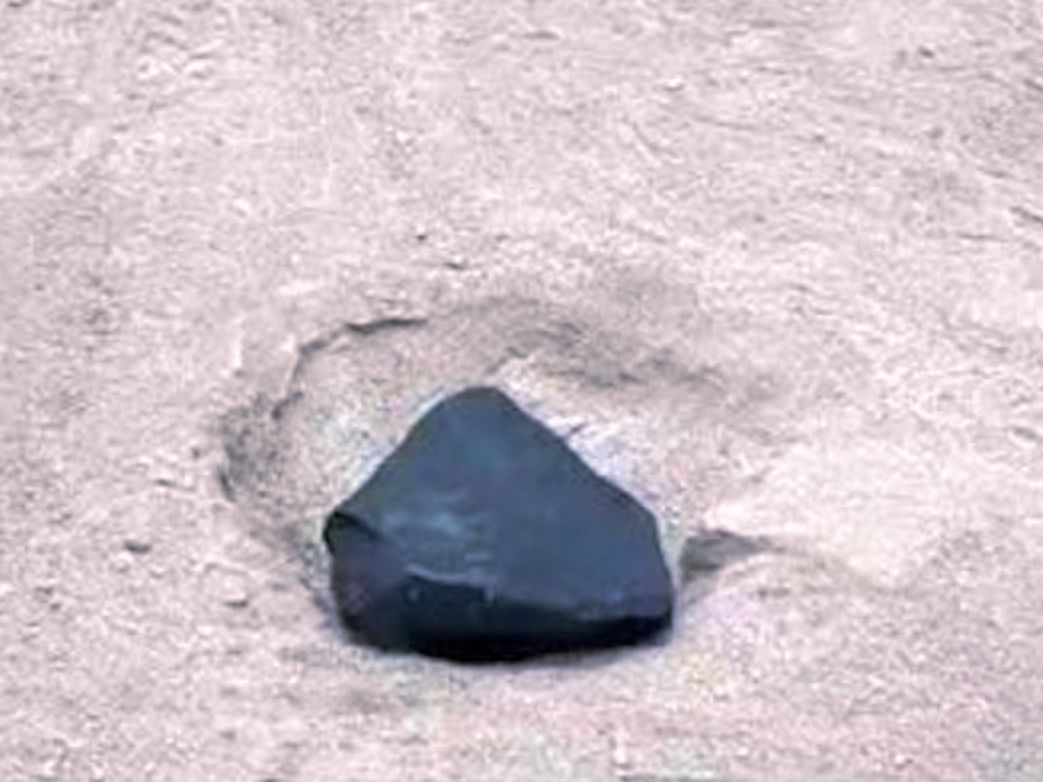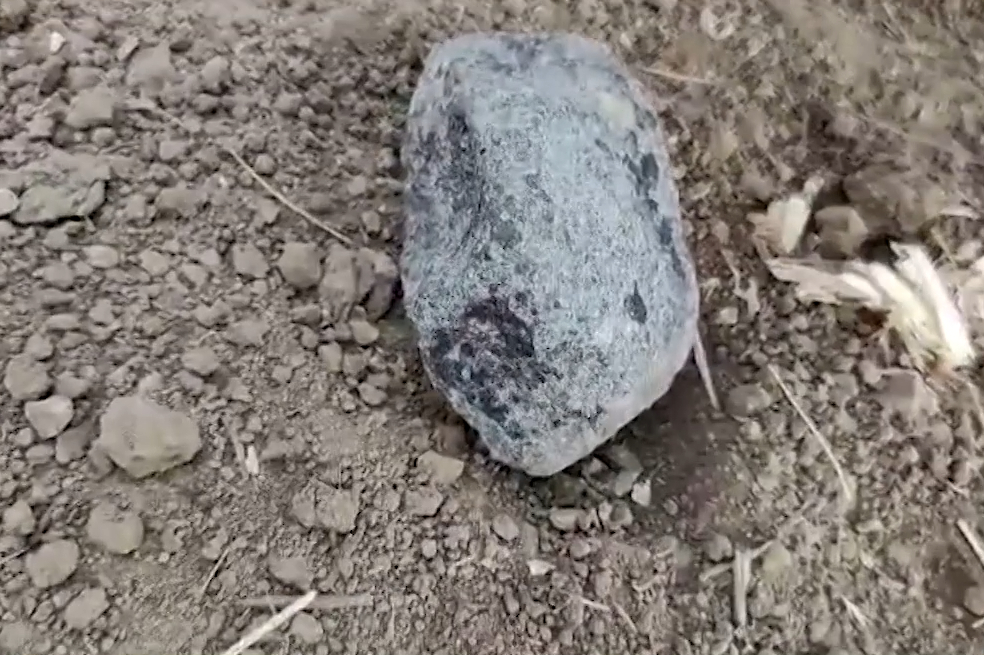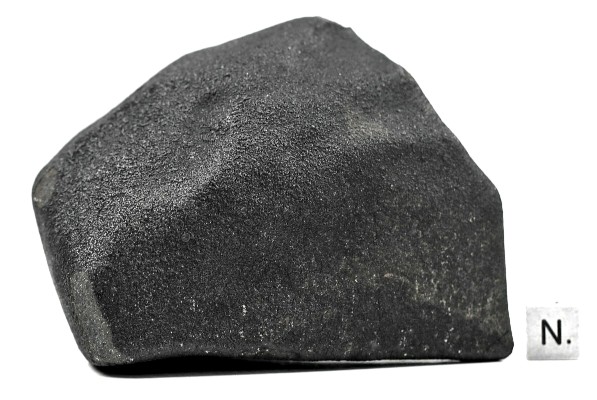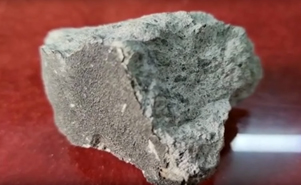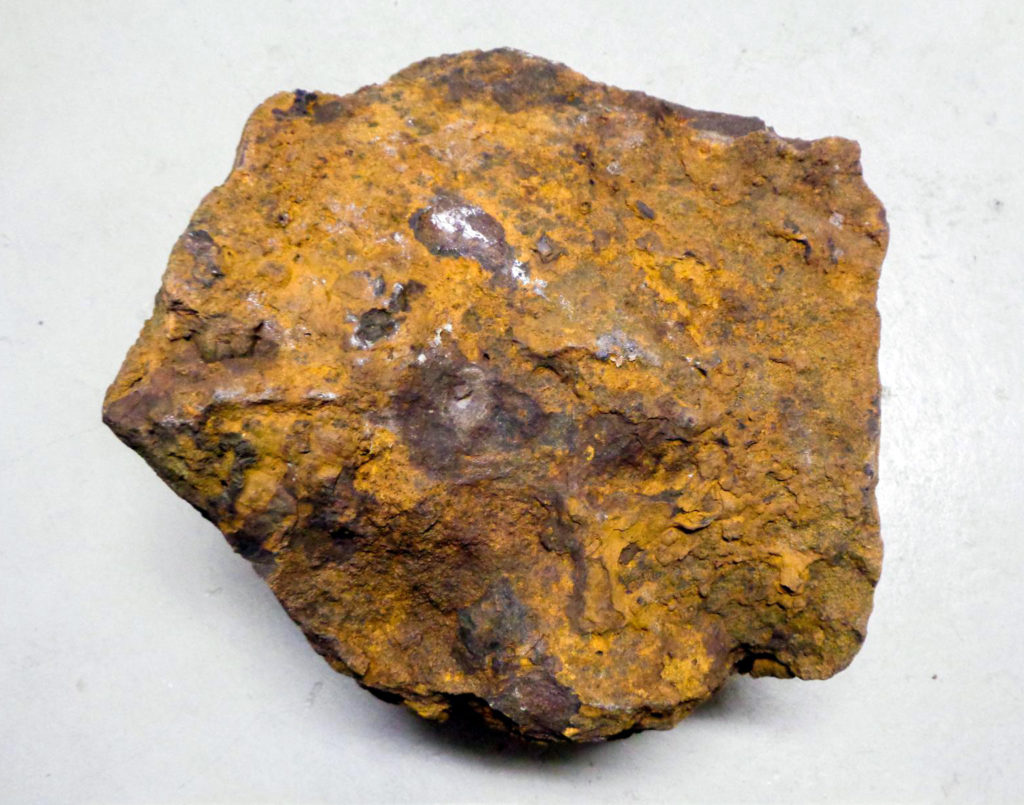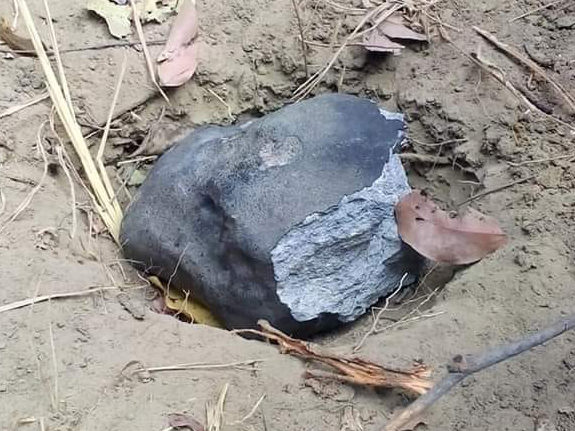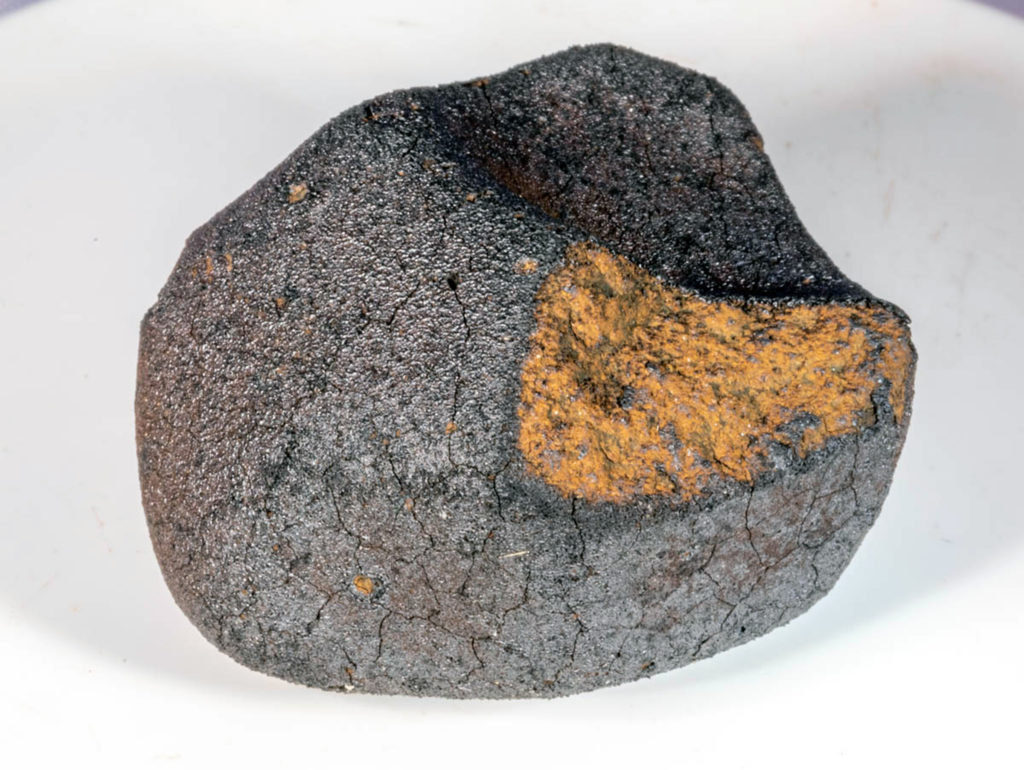Fine-grained regolith loss on sub-km asteroids
Hsiang-Wen Hsu, Xu Wang, Anthony Carroll, Noah Hood & Mihály Horányi
Nature Astronomy
Published: 11 July 2022
“Fine-grained regolith, a surface layer of unconsolidated granular material, has been considered to cover the surfaces of airless bodies and determine their spectral and thermophysical properties. However, surfaces of asteroids visited by recent sample return missions are dominated by centimetre- to metre-sized boulders, indicating an active fine-grained regolith removal process at work. To understand asteroid regolith evolution, we apply recent space and laboratory experimental results to simulate regolith fragmentation processes, loss by impact ejecta, and electrostatic removal of fine-grained regolith. Here we show that coarse, boulder-rich scenery probably emerges on kilometre-sized and smaller asteroids within a few million years, as the electrostatic removal of fine-grained regolith dominates production by fragmentation. Surface thermal inertia enhancement associated with fine-grained regolith loss on small main-belt asteroids increases the Yarkovsky drift and the probability of orbital excursion to the near-Earth environment through resonances with giant planets. We suggest that the competition between electrostatic erosion and space weathering shapes the appearance of reflectance spectra of small asteroids, related to the size, spatial and spectral distributions of S-complex asteroids.”

